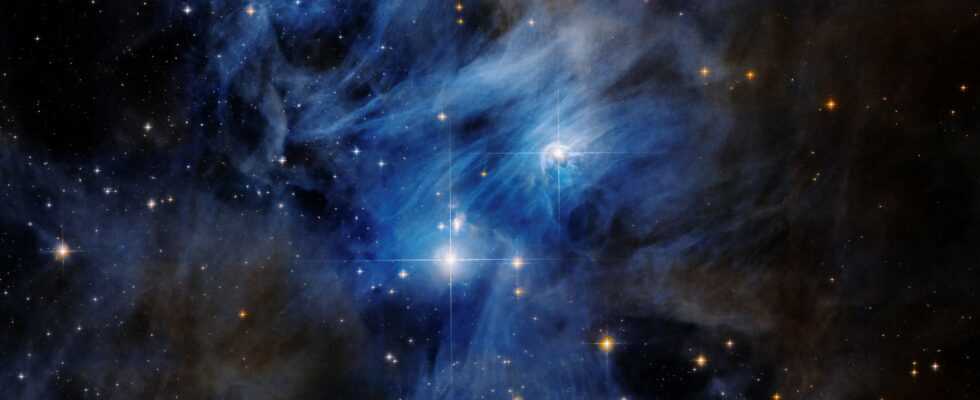New stars are still forming in our galaxy. According to observations, there are currently 1.65 to 1.9 solar masses of material that can be heated annually for nuclear fusion. For decades, however, models have given a completely different, much higher value for the star formation rate. According to this, there would be enough stellar raw material in our galaxy to reach 300 new solar masses per year. A team of researchers has now taken on this problem of slow star formation in the Milky Way and can announce: Their theoretically calculated value fits the observations – finally. The study was published in The Astrophysical Journal Letters.
Why and why the Milky Way is rather sluggish when it comes to star formation has puzzled scientists for decades: why is our galaxy so inefficient? She doesn’t seem to be alone in this. In our neighboring galaxies, too, only a few new stars are formed each year, although there should be enough material for a much larger stellar fireworks display. At least that’s what the theories of star formation say, which for decades have also mostly been spitting out much too high values for this galactic rate.
It’s not because of the Milky Way, it’s because of the models of star formation
Neal J. Evans from the University of Texas at Austin and his group have now started a new attempt to reconcile the observed star formation rate with the theoretically predicted values.
Stars form from molecular clouds composed largely of molecular hydrogen. Since it is difficult to observe molecular hydrogen directly in order to infer the mass of the molecular cloud, researchers usually use a different value: they measure the brightness of a specific spectral line of carbon monoxide in the molecular cloud and then infer the total mass. Evans and co used a new conversion factor in this calculation. On the one hand, it takes into account how many massive elements apart from hydrogen and helium are in principle present in such clouds, since this is not the same for all molecular clouds. In addition, that factor depends on the molecular cloud’s distance from the galactic center: the farther away, the less massive elements should be present in a cloud.
